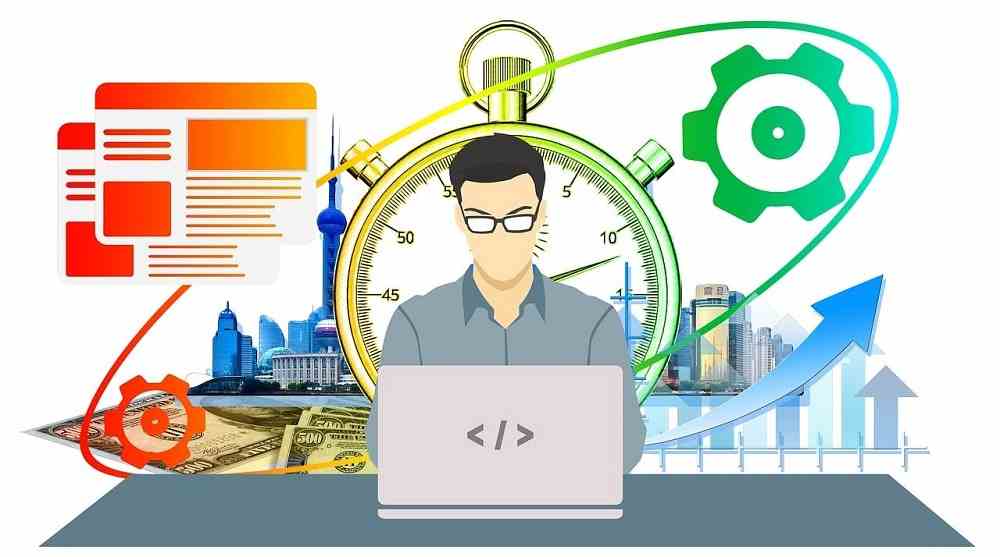In the past few decades, technological advancement across all industries and in the consumer world has taken place at a rapid pace. Many adults aged over 40 will be able to remember early home computers. They seemed complex and sophisticated at the time, but compared to modern machines with advanced processing power, they were far less powerful and would commonly require extended loading times (often by using a cassette tape to load the application) to run programs. Today, both consumers and businesses have a wealth of IT products that can help to improve their lifestyles or run their organizations more efficiently. In this article, there will be a clear focus on some of the main IT developments that have become widespread in the last decade. Three specific examples will be discussed to illustrate how modern IT has helped to revolutionize the digital world.

1. APIs supporting e-commerce
In 2023, there are an estimated 7.1 million e-commerce sites that operate in the retail sector. Each of these firms will rely heavily on complex cloud-based IT infrastructure that allows them to provide secure payment facilities, bespoke surfing experiences (including country-specific payment options and tailored promotions), and a wide range of other features. These websites require a range of applications to run each page and function, which are then controlled and managed by application programming interfaces (APIs). However, the deployment and monitoring of an increasing number of cloud-based digital assets need to be governed by the use of an API dev portal. This allows skilled IT professionals to roll out new APIs and pieces of code into the cloud system whilst also monitoring the performance of a range of digital platforms. Error rates of software and applications can be gained in real-time. This allows companies to fix any issues that are causing poor performance, which could lead to problems with the e-commerce website. Put simply, this type of advanced technology is vital for all businesses with a growing suite of online applications and helps to manage and control the performance of these assets.
2. Artificial intelligence
Only a decade ago, artificial intelligence was largely confined to the realm of science fiction and terms such as machine learning were not widely known. However, a key development was the launch of the ChatGPT platform in late 2022. In essence, this is a highly trained chatbot, but one that has a wide range of applications in business and personal life. Businesses can use it to create content (such as for generating blogs on their website) and even to create complex computer code that can be the basis for new applications. Students can use it as a resource to quickly evaluate online information on a specific topic. It is likely that as this AI technology becomes more sophisticated, there will be an increasing number of uses for this emerging technology.
3. Algorithms in home entertainment
As a brief final point, the power of algorithms in home entertainment is now widely recognized. Streaming companies such as Netflix and Amazon have quickly understood the value of offering their customers bespoke listening and viewing choices for movies and music, based on their prior usage. This helps streaming services to offer their customers a unique home entertainment experience that is tailored to their preferences. As algorithms become more complex and powerful, their adoption will likely extend across many more sectors of business and further into consumer life.
The post 3 IT Developments That Have Revolutionized the Digital World appeared first on Technadvice.
Comments
Post a Comment